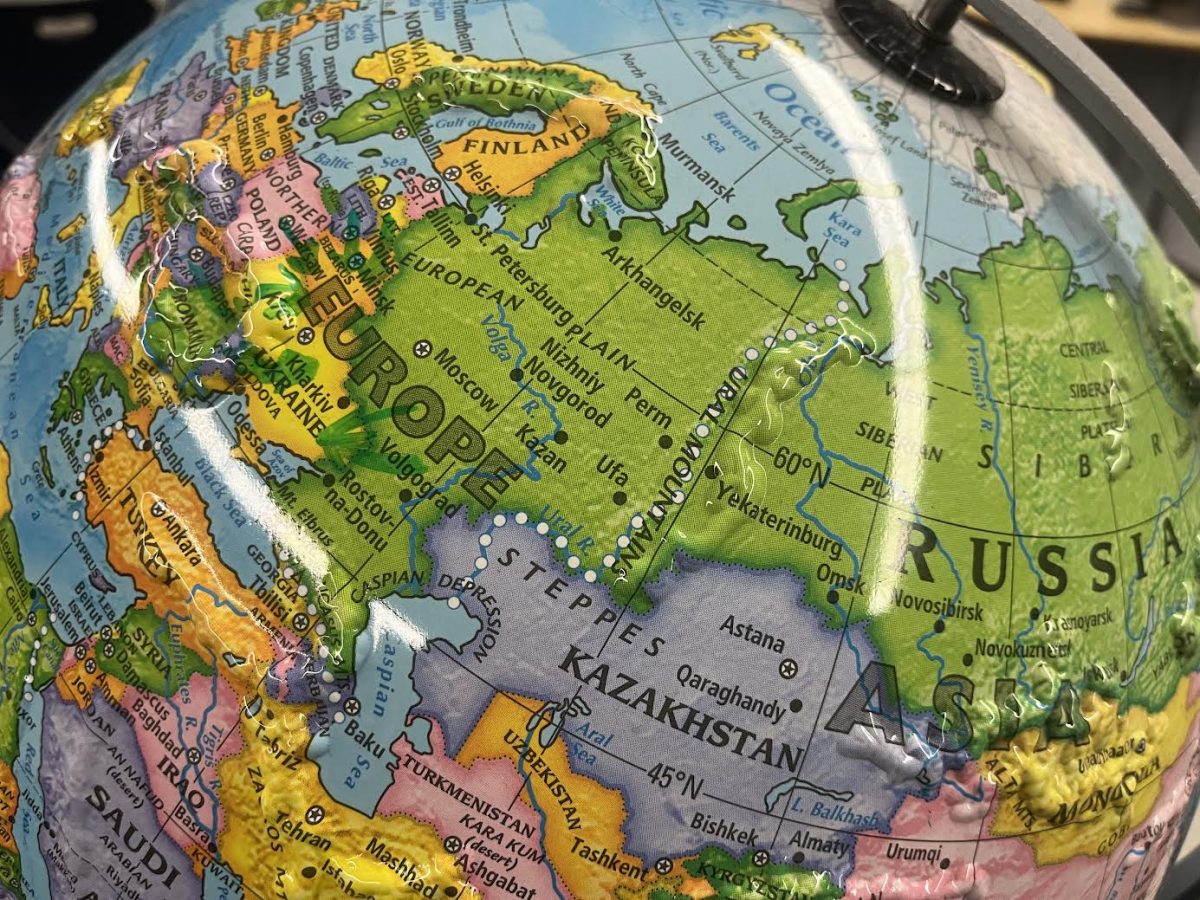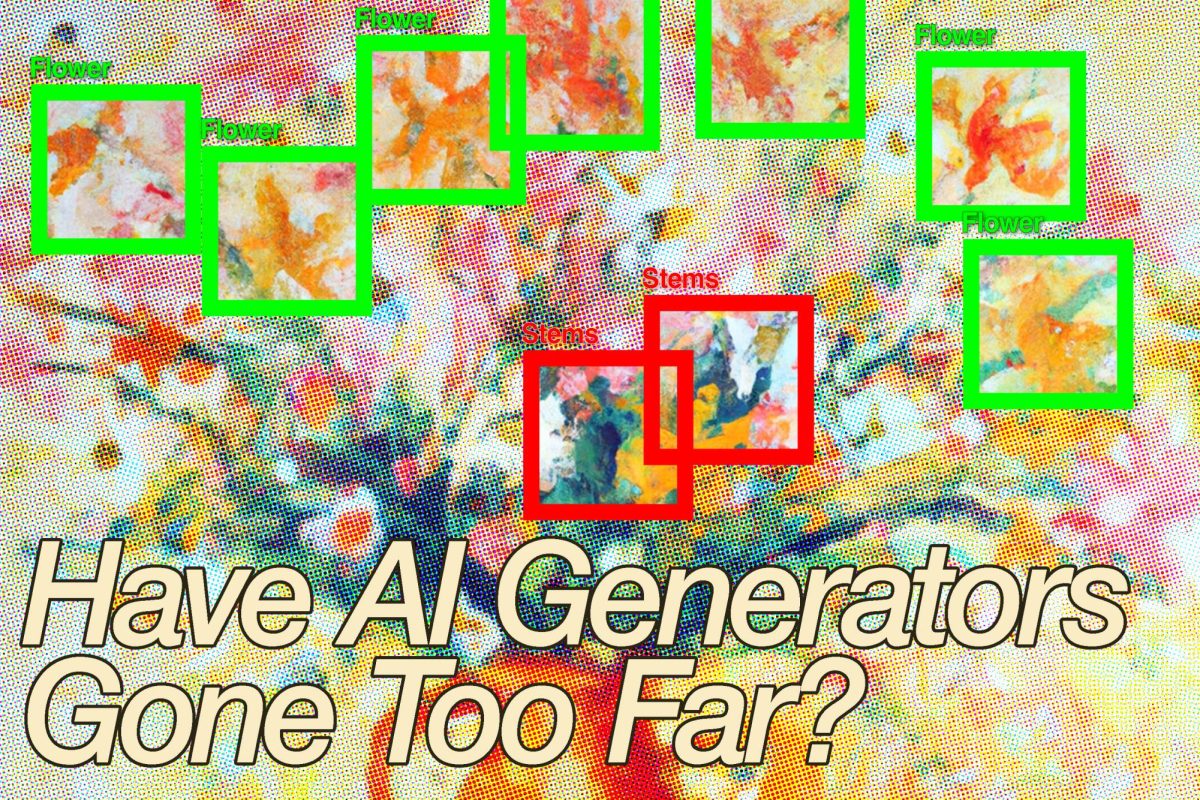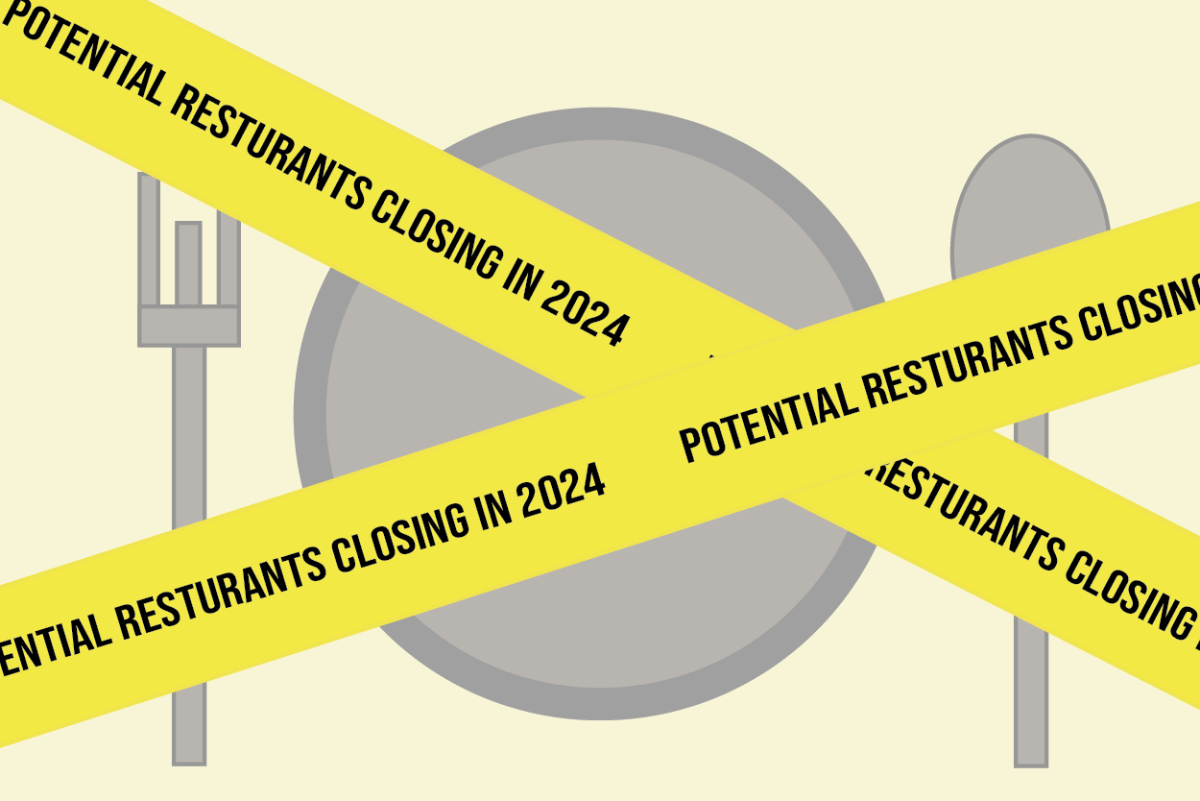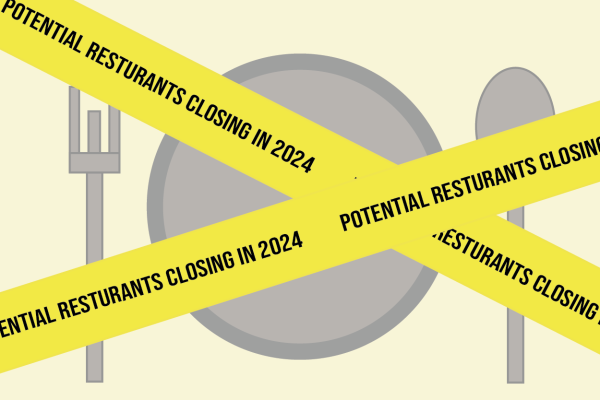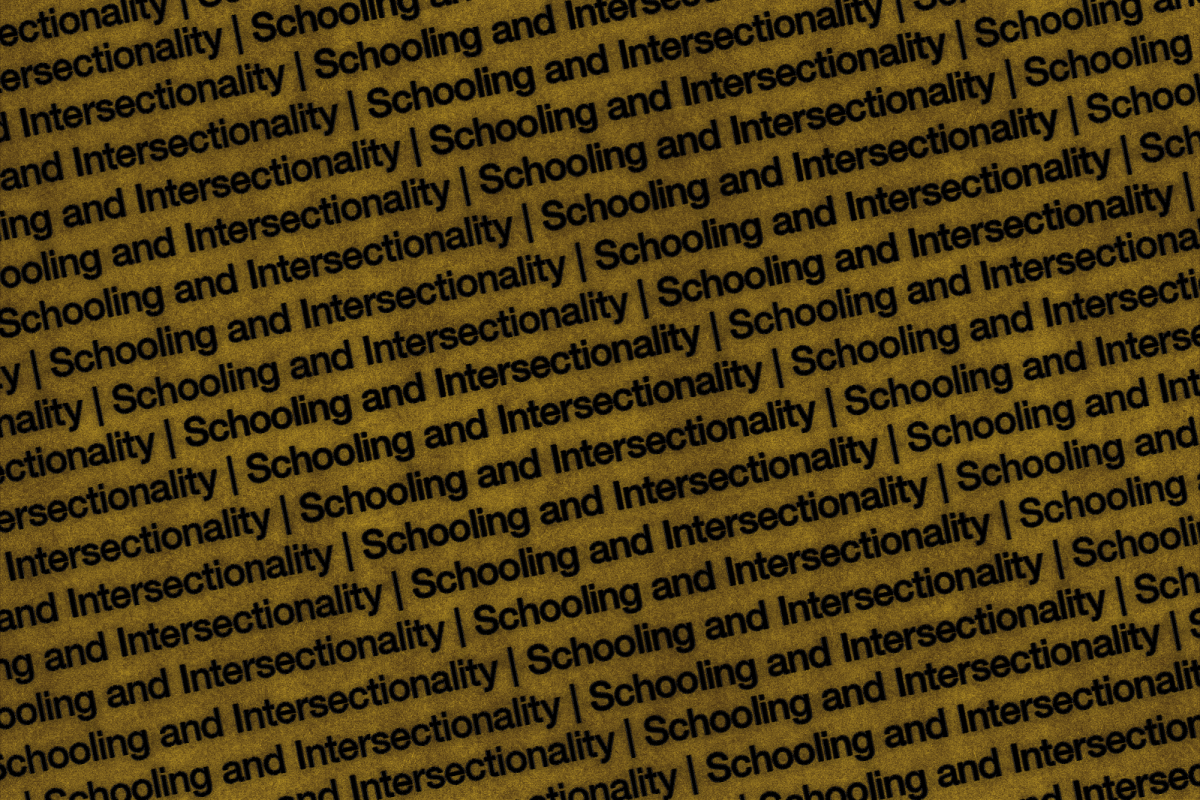The conflict of Israel and Palestine has been an issue for decades. Lives have been lost, homes have been destroyed, and families ripped apart. However, prior to consuming any form of informational text regarding this issue, one must be aware that this is an ongoing conflict and human life is at stake regardless of which side people have an inclination towards supporting. Due to misinformation, there is unnecessary prejudice based upon ignorance and knowledge sourced of unreliable resources. Today, let’s approach this issue.
Israel is the only Jewish country in the world. It is located East of the Mediterranean Sea. The Arab population (Palestinians) originates from the land Israel is in control of at the present day. They refer to this territory as Palestine, wishing to establish a state by that name on some or all of the land. This conflict is a result of who has what land and how it is controlled.
Despite both Arab Muslims and Jews claiming that the conflict started a couple thousand years ago, this current political conflict began in the early 20th century. It was initiated by the Jews who fled from persecution in Europe and decided to establish their residence in predominantly Arab and Muslim territories (located in the British Empire.)
Following these events, Arabs resisted against the Jews seeking shelter in their territory as they believed it was rightfully theirs. Early on, there was an arrangement sought to have been made referred to as the early United Nations plan which was put in place to equally distribute land. However, this land agreement was not sufficient and reflected immensely upon the struggles that had been faced with the ideology sourced of both parties, and how it is a very demanding task to handle this conflict in an orderly manner.
Due to the outcome of this, Israel and surrounding Arab nations fought numerous battles which would determine how the land was distributed. The issue at hand would be resolved through bloodshed and tragedies on both sides, many of which we are gaining awareness about as of the present day.
Today’s lines largely reflect the outcomes of two of these wars, one waged in 1948 and another in 1967. These wars were particularly important when concerning today’s conflict, as it provided control of the West Bank and Gaza Strip to Israel (two territories that were home to large Palestinian populations.)
Statistically, the land occupied by Israel increased drastically post the 1967 war and led to Sinai being returned to Egypt. In 1967, Israel was in control of Golan, West Bank, some of Egypt, and the minor population of Gaza City.
Today however, the West Bank is nominally dictated by Palestinian Authority and contains few Israeli occupations. The Israeli portion of these occupants is sourced from the troops who enforce laws and guidelines on the movements and activity of those residing in the West Bank. This can include Palestinians who have been primary inhabitants of the West Bank, and Israelis who have settled and established communities. Due to the fact that both opposing sides are in a close proximity to each other, regulations have been put in place so that no land is effectively denied on either side.
Due to the belief that Israel is denying Palestinians their land, seeing Israeli troops around the homes can be a difficult experience for residents and induces feelings such as a lack of security, despite the fact that their presence in those areas is for the purpose of protection and enforcing laws and regulations.
Additionally, Gaza City is dictated by Hamas (an Islamist militant group.)
Its roots are in the Palestinian Branch of the Muslim Brotherhood. This group aims to firmly establish an Islamic Palestinian state in the position of Israel. Hamas opposes agreements made by the Palestinian Libertarian Organization (PLO) and Israel. Hamas also mandates violence against Jews and the destruction of Israel despite accepting the borders entrenched in 1967, and having signed an agreement.
Due to the opposition against Israelis, Hamas is strictly prohibited from Israel, which is a fundamental contributing factor towards the current clash between Hamas and Israel.
Currently, Hamas and Israel are at war – following distressing events that took place in October 2023 in which militants from Hamas and Palestinian Islamic Jihad (another extremist group) launched attacks killing more than 1,400 Israelis, taking more than 240 hostage. In response, Israel initiated a widespread bombardment of the Gaza Strip as a ground incursion killing Palestinians.
From this moment, either side has lived with a fear and an underlying uncertainty of their next step. The belief that one side is heavily impacted considerably more than the other is untrue, since both sides of the conflict have encountered hardship and endured difficulties.
Internationally, the supported political solution to the broader spectrum of this conflict consists of endorsement in the past by both Israel and the Palestinian Authority. This is referred to as the “two-state solution” and establishes Palestine as an independent state in Gaza and the majority of the West Bank, leaving the rest to Israel.
Despite the two-state plan being coherent in theory, both Israel and Palestine are stuck in a perpetual loop of deep division which credits difficulties of putting this into practice. Influential factions on both sides directly oppose it. Which causes a roadblock to the possible solutions that could potentially benefit both sides.
An alternative solution to this conflict is referred to as the “one-state solution.” This solution includes joining the land collectively under the names of Israel, Palestine, or a name collectively decided by both sides. However, a one-state solution is deemed to be even less likely than the two-state solution and is an extremely controversial topic of discussion when taking both sides into consideration. Therefore, it has become exceedingly difficult to form a unified bond of Israel and Palestine where they can coexist without conflict or tragedies experienced.
The ability to predict the future of Israel and Palestine is immensely difficult because of the attack in October, which further intensified the conflict for both sides. Due to the ongoing developments in this current war and its long confused history, we must be very attentive about the information that we consume and share with others. It is very easy to misinterpret the conflict or invalidate the feelings that either side may be experiencing or facing.
Both sides have faced a great deal of hardship. Despite the lives lost on either side or the opinions one may have, humanity is what’s at stake. There is no unit to measure when faith in humanity is no longer relevant in a modern day society. In times where we are absorbed within media consumption and easily obtainable information, we tend to misinform one another about how the severity of this conflict is not one sided. Consumers of fast media fail to consider that it is not true that one side is inhumane or corrupted without the other having to be taken into consideration as well, in addition to it possibly playing a major role.
People who consume fast media and pass it on fail to consider that the lives being lost are of those who share the same blood and hearts, but are driven by the mind. That the war taking place is not of Israel and Palestine.




